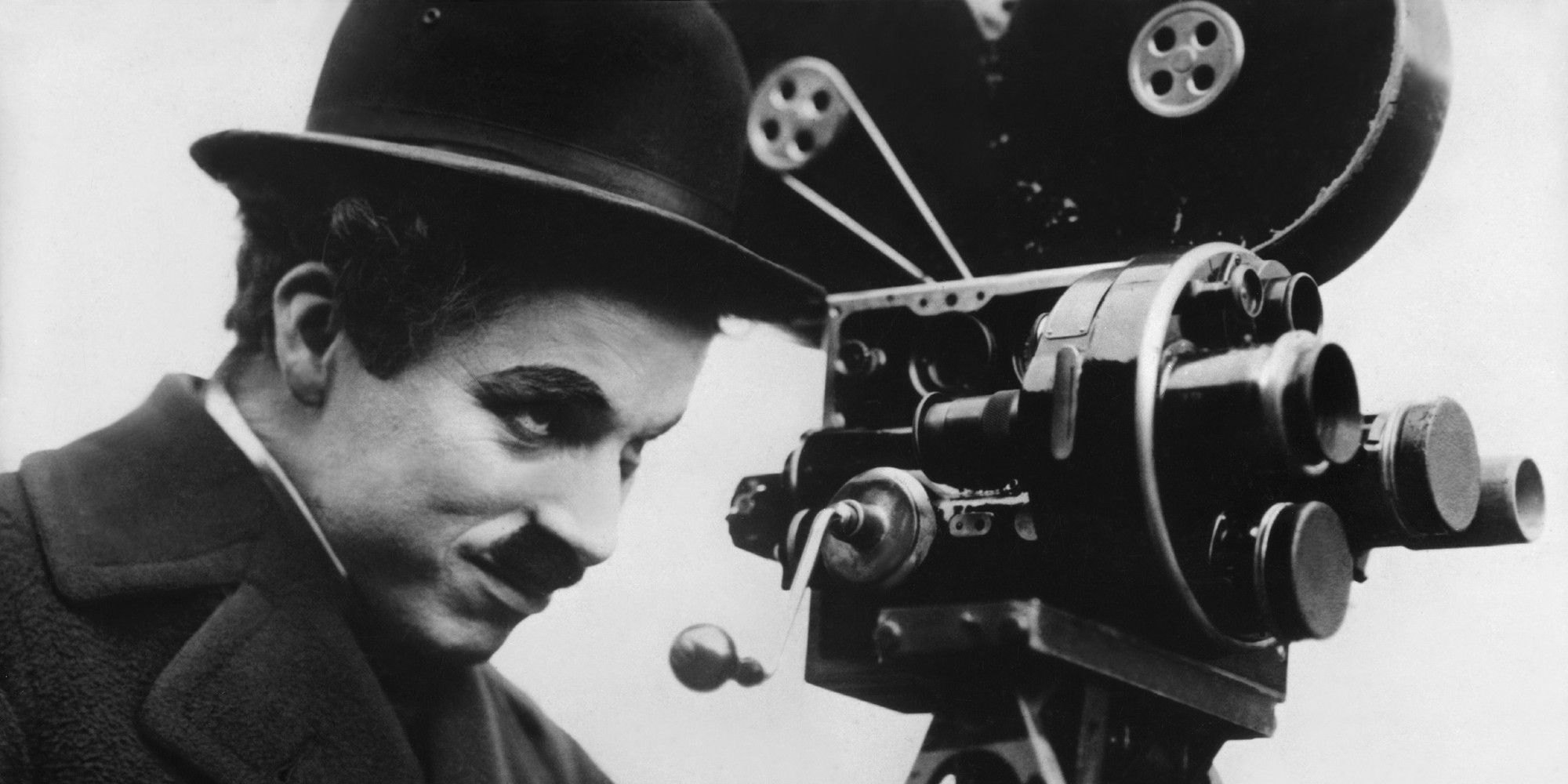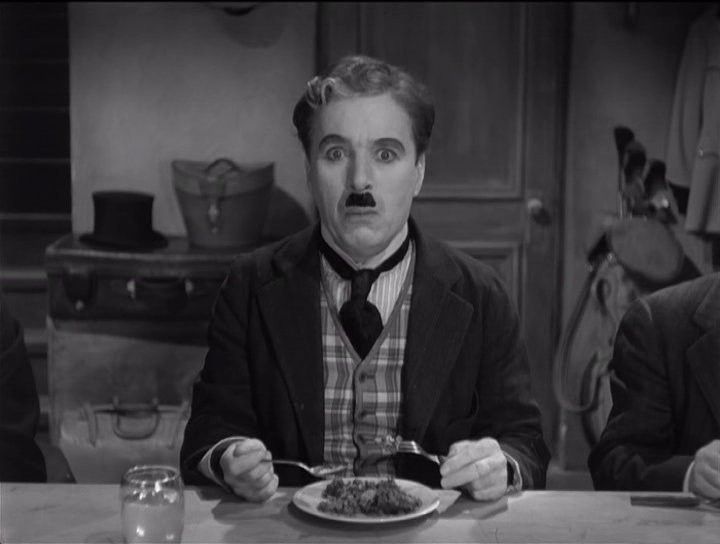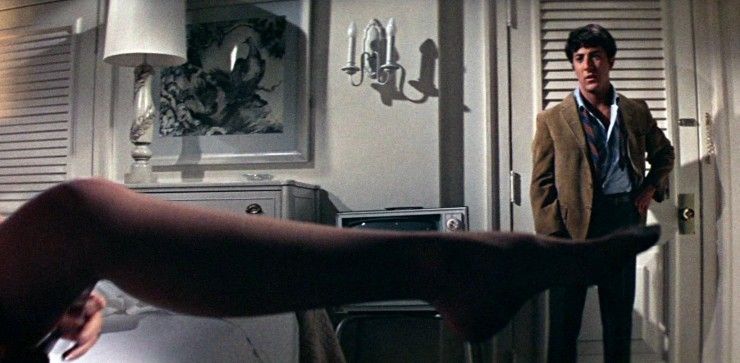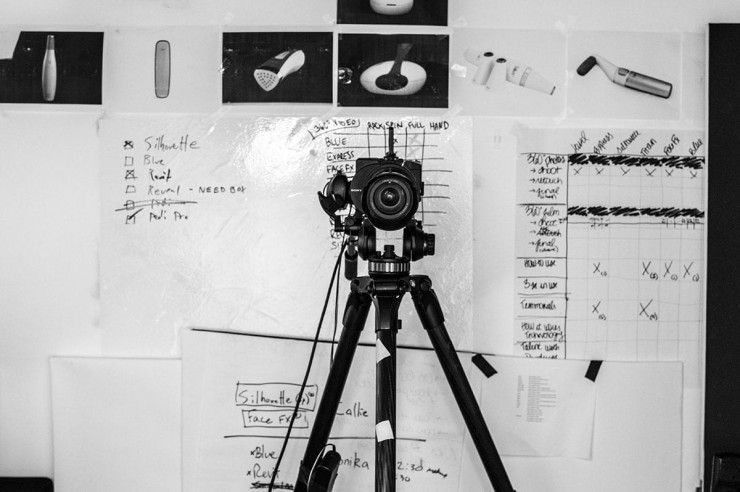
Do you love that old-timey look? We have some advice on how to get that Charlie Chaplin look on a digital camera.
One of the most fun things about shooting digitally is how malleable it is in post. You have to light and have a plan, but once you get into post, there are lots of filters and color grades you can use to distress the film, spruce it up, or just change the way it looks.
So how would you give digital that grainy film look? What steps would you take to make it look like it was shot by Charlie Chaplin?
Let's dig through some ways that will help you.

How to Get Charlie Chaplin Look on a Digital Camera
Well, Charlie Chaplin shot his movies on a camera called a bioscope, which not only barely exists today but also is so valuable, I would assume you probably don't have your hands on one. And if you do, slip into my DMs. I would love to try it out.
But when you look at images of Charlie Chaplin, you have to admit there's a sort of romance to the deep black and white, the sepia shots, and even the color photos, which come much, much later.
Without a film camera, those seem impossible to imitate, especially with a digital camera. Whether you're shooting stills or recording video, many people want to know how to add a film effect to a video.
Whether you want that 1920s film look or even a radical 60s film look, we've got you covered.

How to Add a Film Effect to Video
You can make your work look cinematic with a few camera tricks. And you can get the film effect with a few more. It's about the footage you shoot and then the way you adjust it in post. Let's go over some of your options to make this footage pop.
Pick the Right Camera
Up top, we should say the more expensive the camera, the more you can usually do in post. If you're shooting in 720p you aren't going to be able to manipulate a lot in post without losing some of the picture.
But an expensive camera that shoots in 4K or 8K can change a lot in post. You can apply any of the following ideas to anything you shoot, but know that if you're shooting in a crappy way or with a crappy piece of tech, you cannot just fix things.
If you put care and attention into a shot, even a cheaper camera might be able to have some things done in post. But again, the better the quality of the original shot, the more you can do to it.
No matter what camera you use, do this:
- Shoot at 24p frame rate with 180-degree shutter
- Record with Log color space
- Use maximum resolution and bitrate

Storyboard
Making your footage look like Charlie Chaplin doesn't just happen in post. It happens before you shoot as well. You should be storyboarding your shots. When you plan out each frame, you add to the credibility of the ways you're trying to shoot.
The first lesson I learned, which actually seems simple, is to find reference images. You can't just make something look like "film." You need to pick what film you want. Let's say it's a Charlie Chaplin movie. Take still images and reverse engineer them. How were they lit and how can you mimic enough of it, and where can you take it to the next level in post?

Color Grading
This might be the most important part of the process when it comes to getting filmic looks from digital cameras. I really love the website Cinecolor.io—it gives me lots of good ideas for how I can manipulate footage.
When it comes to film, usually images are either high contrast, low contrast, or bleach bypassed. So when you shoot your digital, you're probably going to try to mimic one of these three things in post.
You can use Photoshop to add density to the grain. Another option is the VSCO photography app, which might be a shortcut if you're doing stills.
LUTs
To start with, let's supply a simple LUT definition—a LUT is just a "lookup table." Every LUT format spells out what those numbers mean. So each number in the table refers to a specific color value in your image, and the numbers in the table tell the system how to change it. Make it brighter, make it darker, make it bluer, redder, and greener.
That is it, it's really that simple.
What this means is that a LUT file can be applied to your image to change how it looks. Maybe you are shooting on a camera that is a little desaturated, and you want it to look more saturated. A LUT can do that.
There are LUTs made to help things look like film—seek them out and use them as a shortcut to what you need.
Video is no longer available: www.youtube.com/watch?v=Nz_gBgMv-io
Apply a Cinematic Crop
What does your image look like on screen? And how big is it? time to go back to your reference photos or jump online and figure out what the aspect ratio is of the kind of film you want to emulate.
Many older films are shot at a different aspect ratio. And many feature films are shot in one of these aspect ratios:
- 1.33:1
- 1.66:1
- 1.85:1
- 2.39:1
Consider how you can use these to tell your story and to make the shorts feel authentic to a different time or even to a different strategy.
Use Warp Stabilizer
In Premiere Pro, there's an option called "Warp Stabilizer" where you can take footage and stabilize it. To do that, you Go to your "Effects" tab and look for "Warp Stabilizer." Drag and drop it onto your clip. Yes, it's that simple.
Warp Stabilizer watches the clip and automatically repositions, scales, crops, and smooths motion.
This smoothness can make this feel like it was shot on sticks or just shot with a more professional aesthetic. It can help give that older or more controlled feeling, and help with the other effects you add later as well.
Summing Up "How to Get Charlie Chaplin Look on a Digital Camera"
Now that you know how to capture that film look while using digital, it's time to go out and plan your pratfalls and entertaining maneuvers with your digital camera. Go make your Modern Times or create an iconic character like the Tramp.
Shooting digitally and getting it to look like film is not easy. But learning the tactics for how you can manipulate in post will take your career as a director or editor to new heights. You can increase the reliability of an idea and even help steep the audience in a world you've created.
Now go get shooting.
Your Comment